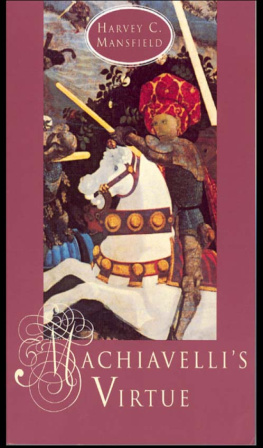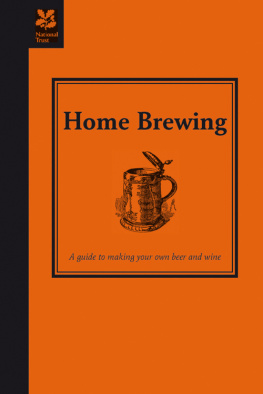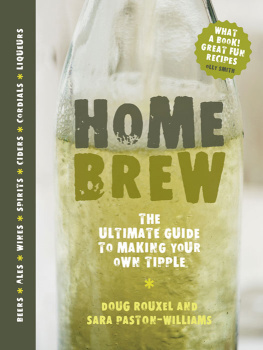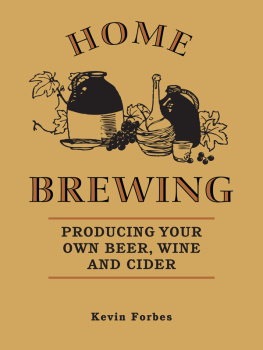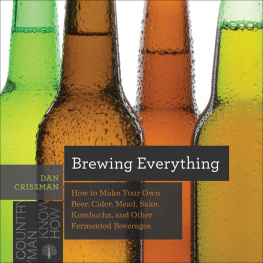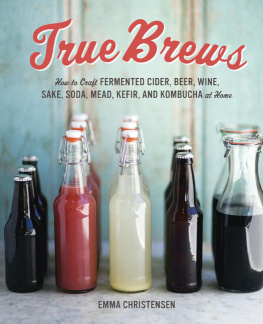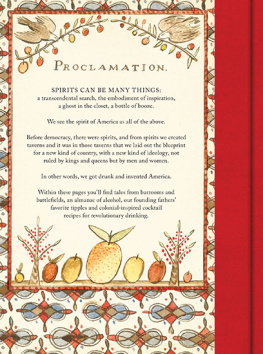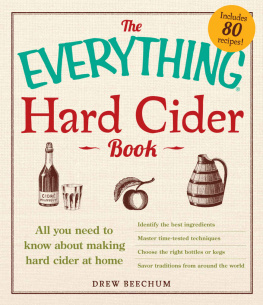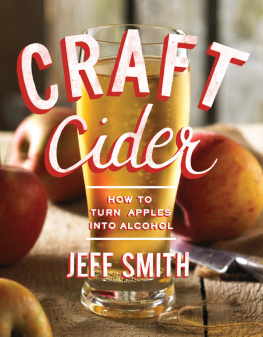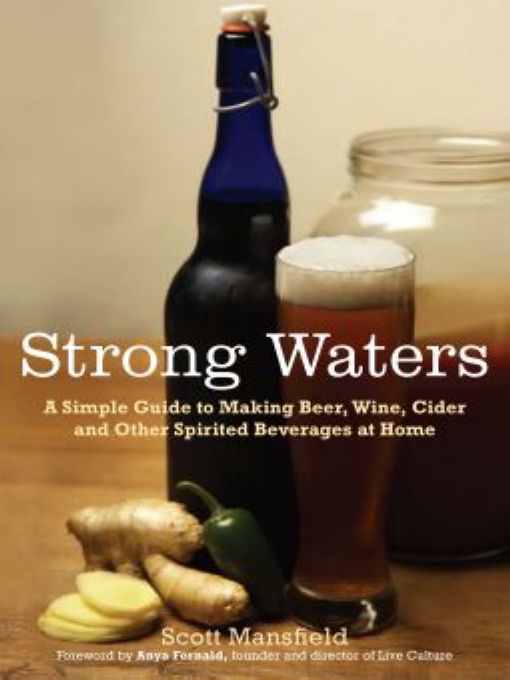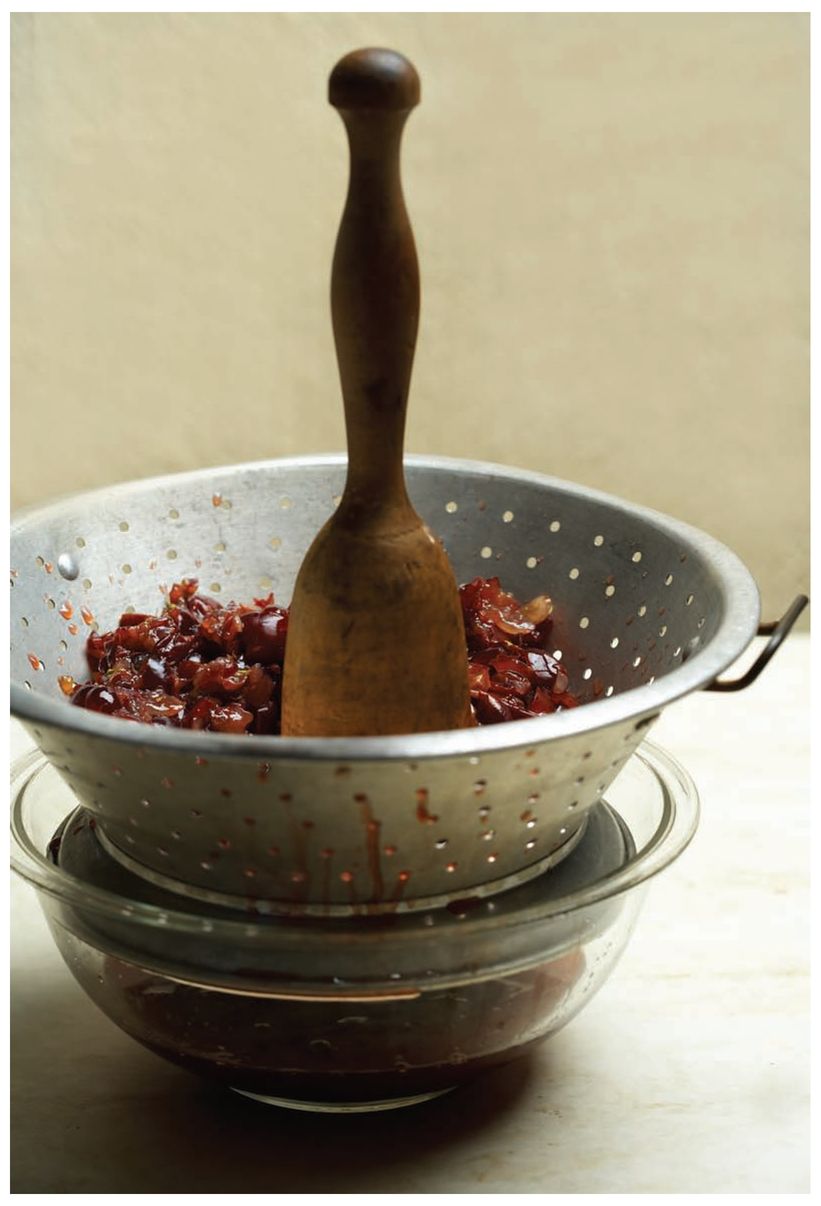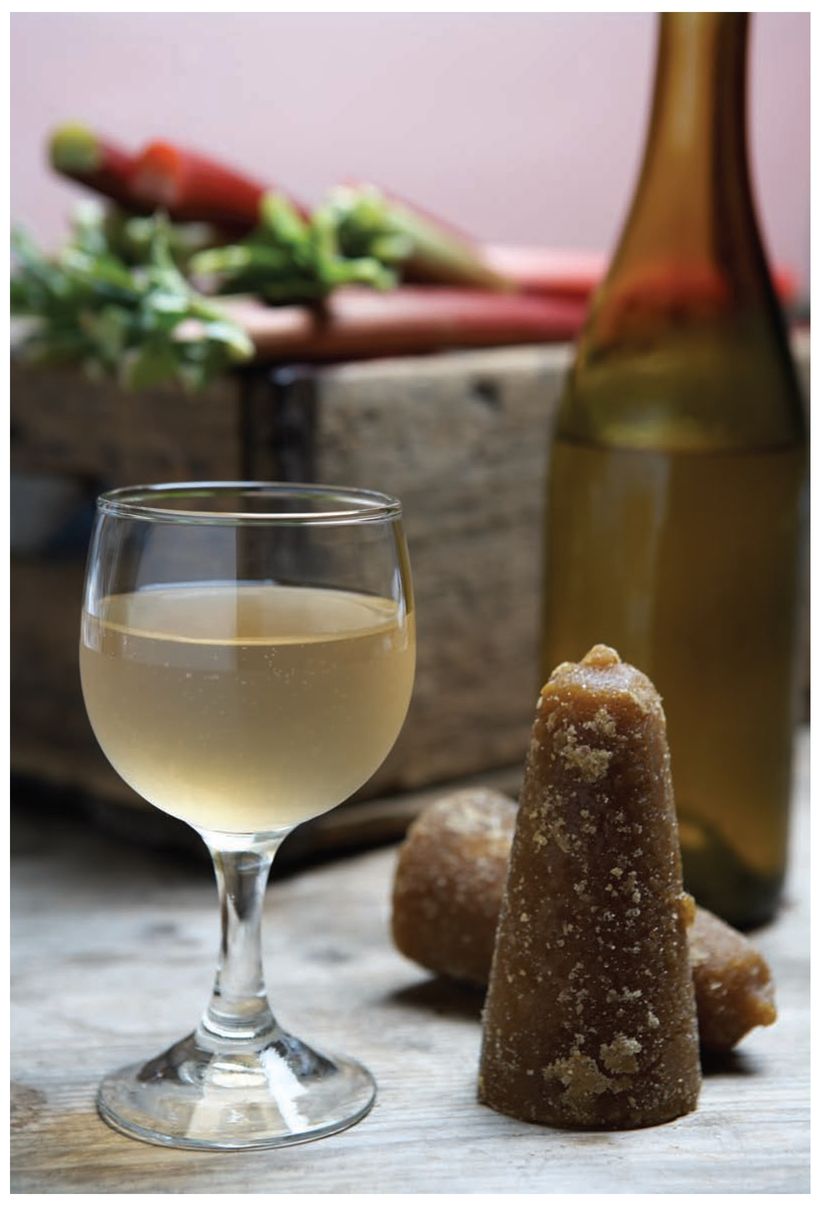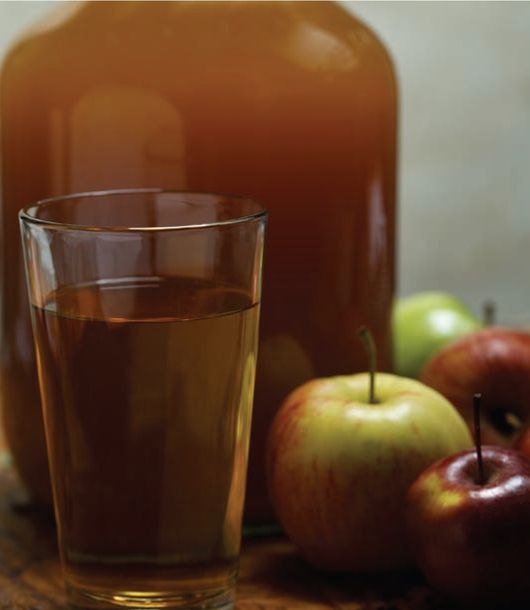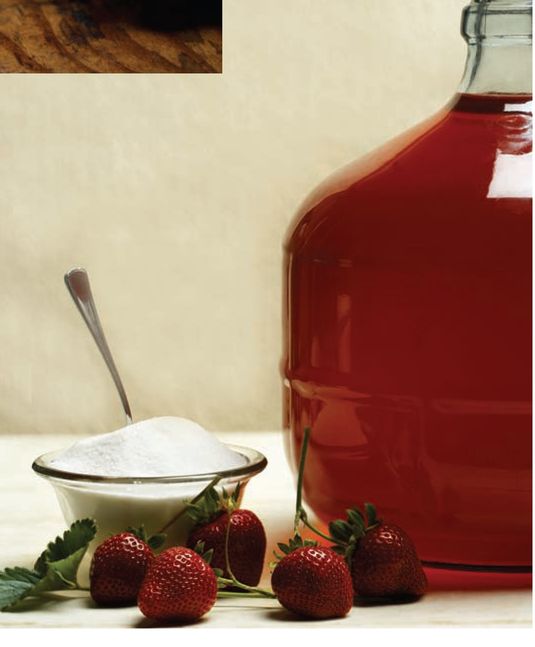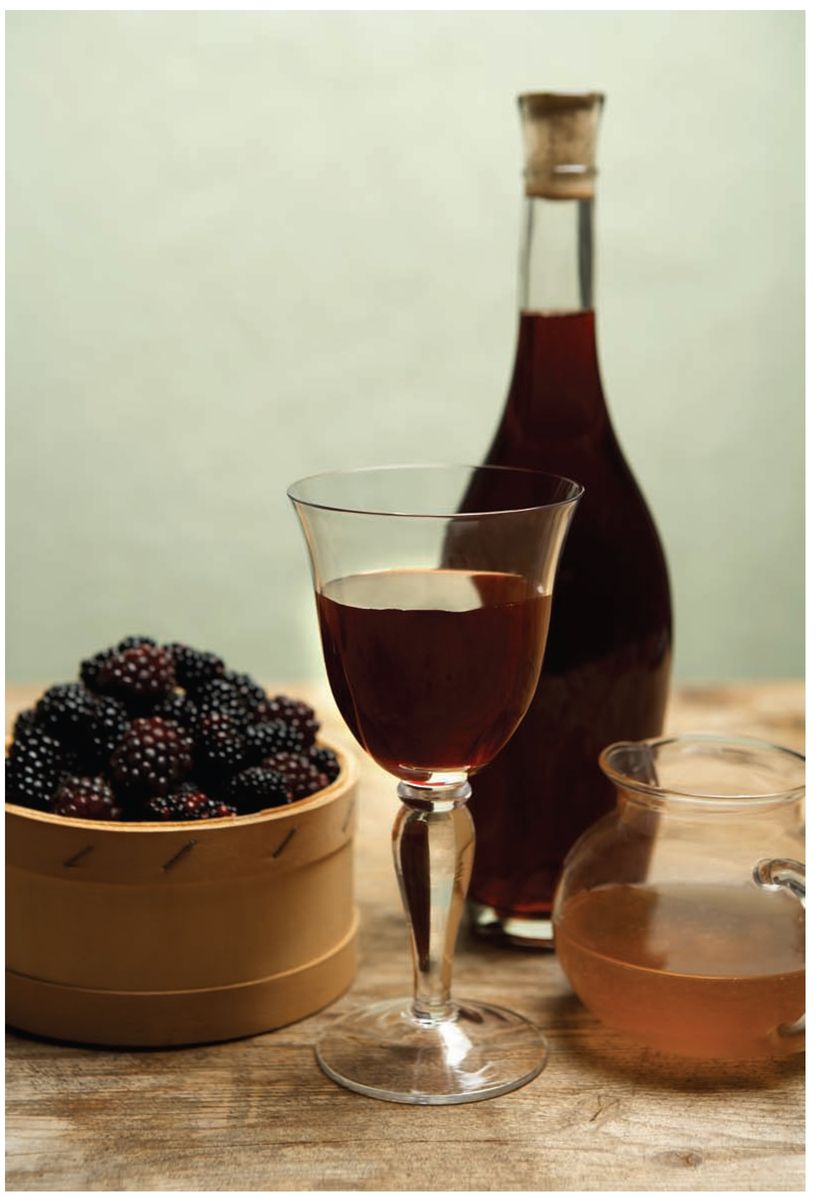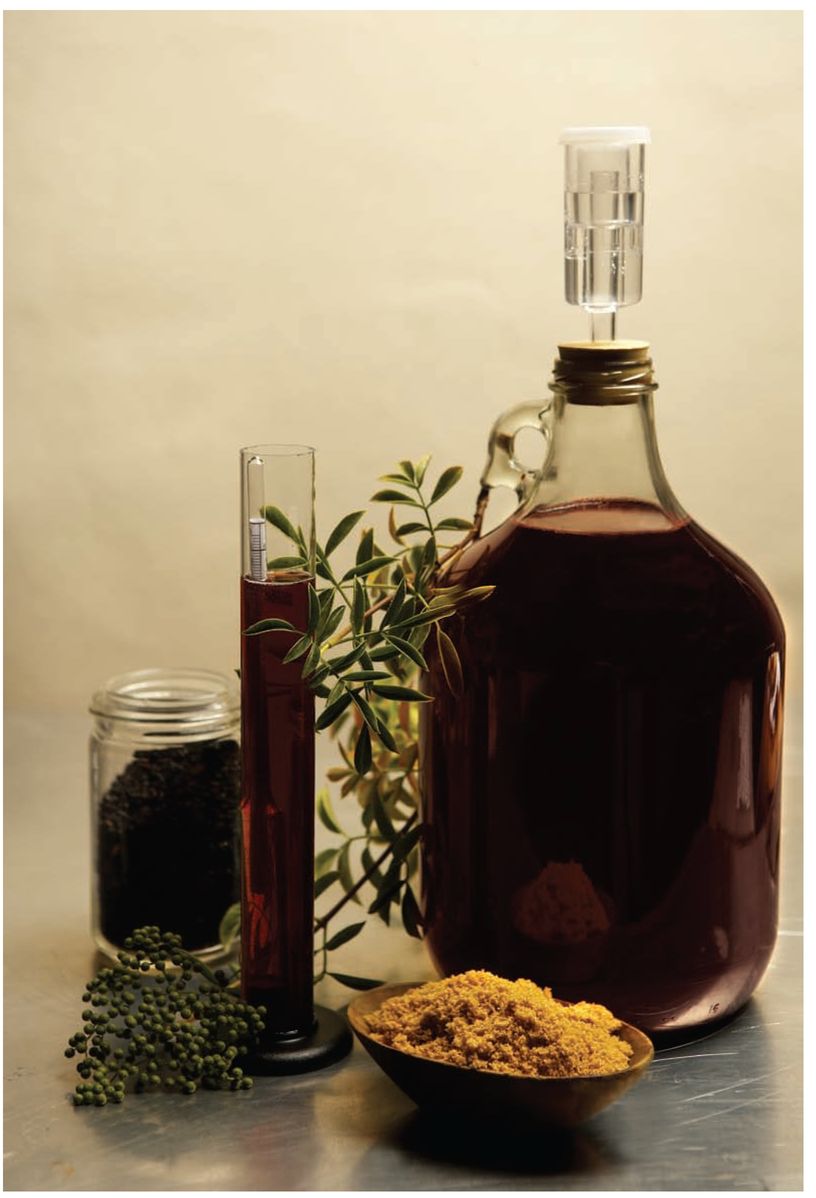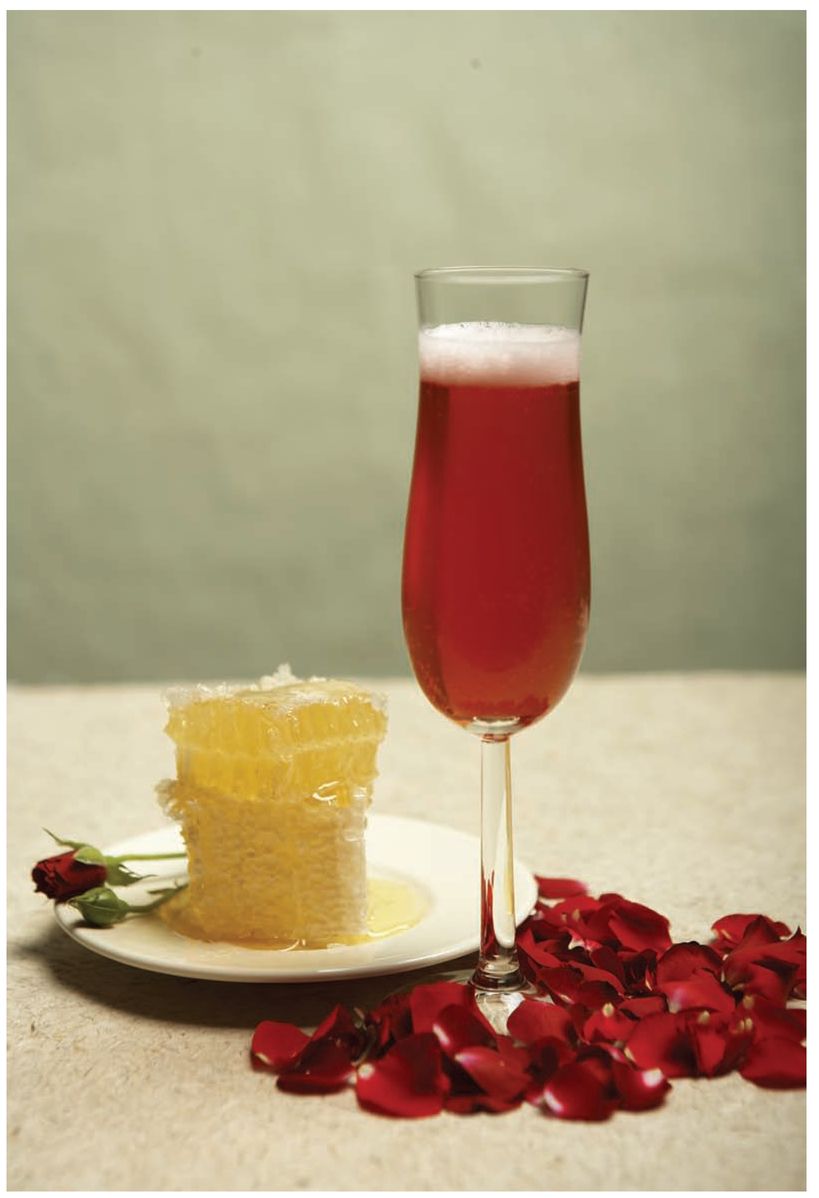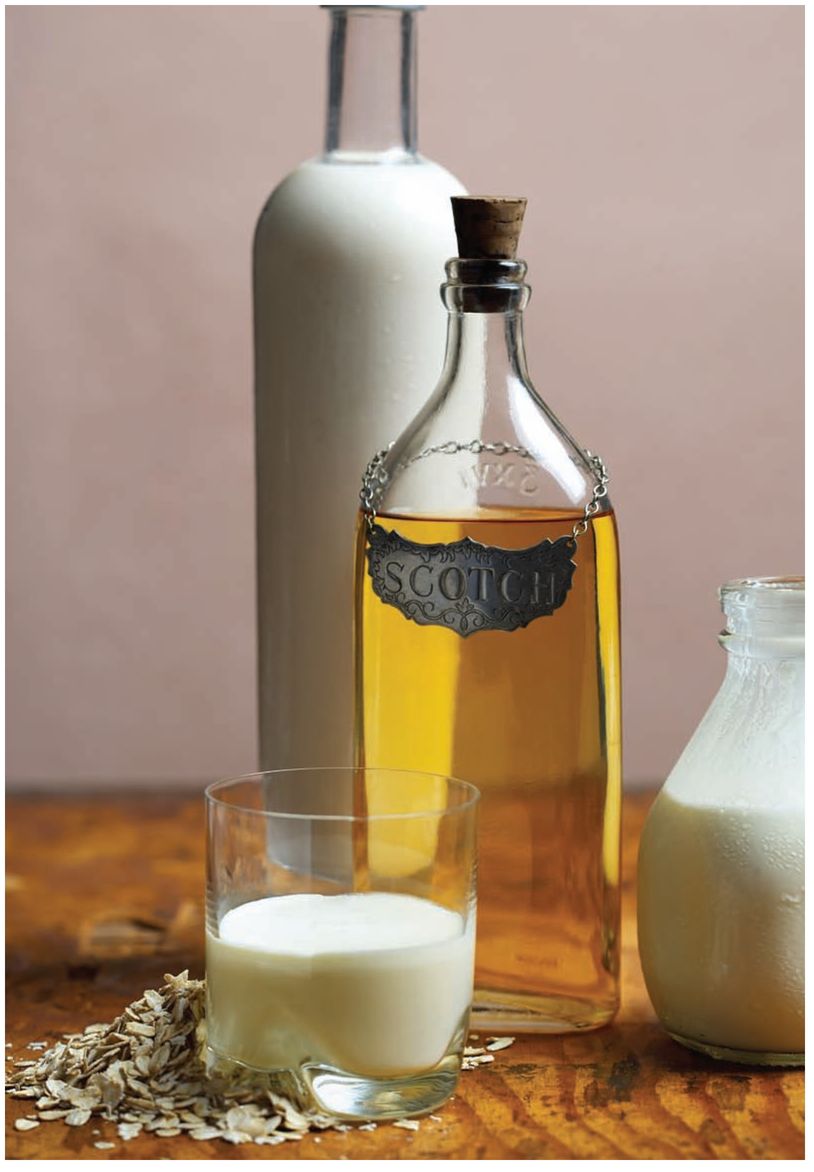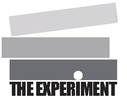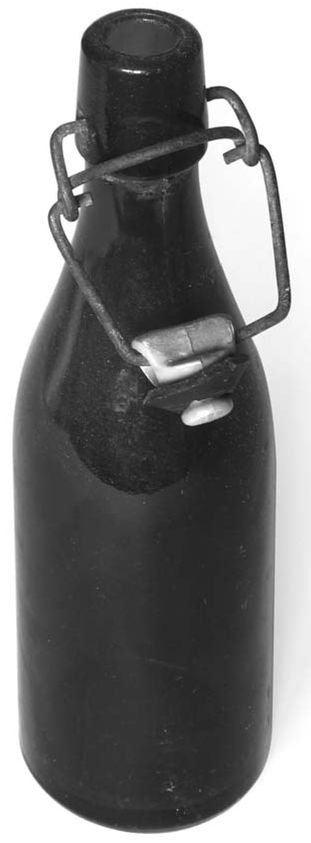Table of Contents
You dont need a wine press to extract juice from fruit; a colander often works just as well. (Racking, pages 4546)
Experiment with different types of sugar, such as the Mexican piloncillo shown here, to tailor the recipes in this book to your taste. (Sugars, page 23)
Hard cider is simple to make from apple or other juices. (Basic Hard Cider, page 152)
Strawberries make a gorgeous dry summer ros or Strawberry Melomel (page 142 ).
Blackberries and honey form the base of this smooth and luscious melomel. Serve it as you would a red wine. (Blackberry Melomel, page 140 )
Elderberries were traditionally thought to protect against both illness and bad luck. You can use fresh or dried fruits to make a hearty, port-like wine. (Elderberry Wine, page 76)
Made with roses and honey, rhodomel is an exotic and aromatic beverage to drink on special occasions. (Rhodomel, page 136)
An eighteenth-century Scottish duke is credited with creating the rich and delicious Atholl Brose, an after-dinner liquor made from whisky, cream, honey, and oats. (Atholl Brose, page 201)
PRAISE FOR SCOTT MANSFIELD ANDStrong Waters
A lovely addition to the expanding field of traditional, non-hopped beers and herbal wines. The recipes are a delight.
STEPHEN HARROD BUHNER, author of Sacred and Herbal Healing Beers: The Secrets of Ancient Fermentation
Strong Waters will be a companion on your adventures in making tipple, giving you sound advice and pointers... A world of new flavors is waiting for youhave fun!
from the foreword by ANYAFERNALD, founder and director of Live Culture Co.
BECAUSE EVERY BOOK IS A TEST OF NEW IDEAS
This book is dedicated to you know who, for all the you know whens, when we you know whatted.
Foreword
by ANYA FERNALD
MY FIRST SIP of perry was a revelation. I was standing in the backyard of a small farm in Gloucestershire, outside of a shed where bottles of perry were racked up alongside a cider press. The perry was poured into a cold glass from a smoky green bottle sealed with a plug of cork. It was fizzy, dry, sharp, and flavorfulthe essence of pear filled my mouth. Before that first taste, beyond an occasional glass of hard cider, I had never thought much about the full spectrum of strong waters that this book presents.
The farms huge pear trees dwarfed the farmhouse; the branches high overhead were speckled with tiny pears, each no longer than my thumb. These pithy, tart pears were inedible on their own, but they were central to the rich, complex flavor of the perry. I was amazed both that the possibility of creating perry had escaped me up until then, and that such a dry and unappealing fruit could become such a delicious drink after some alone time in the cellar.
The pride and excitement of the home perry producer who poured me that first glass also intrigued metheres something about harnessing the power of fermentation for your own drinking pleasure thats thrilling. When starting a fermentation, you can control the outcome to a degreeyou select the ingredients: the juice, the sugar, the yeast. Then things pass out of your handsfor example, sometimes bacteria are activated by an abundance of sugar and generate additional and highly localized flavors.
Infinite adventures can be pursued within a dark, corked bottle. With patience and experimentation, you can brew a bright idea into a glassful of something wonderful. Some historic strong waterslike my first glass of perryrequire specific varieties of plants and specific methods of production that are crucial to producing the beverage. But those are the exception, not the rule. Strong Waters will give you a sense of the guidelines, tell you where the walls are on this very large sandbox, and encourage you to jump in and play.
A lot of words have been spent describing the many possible pairings of different wines with meals and with artisan products like cheese and charcuterie. As you begin to sample and to produce other fermented beverages like beer, cider, perry, and the occasional bottle of metheglin, you may findas I havethat these drinks are often preferable to wine for pairing with food, as they tend to be lighter, fresher, and more flexible than most wines.
Strong Waters will be a companion on your adventures in making tipple, giving you sound advice and pointers, and just enough direction to use author Scott Mansfields tools and building blocks to develop your own skills. A world of new flavors is waiting for youhave fun!
ANYA FERNALD founded Live Culture in 2008, and, as its current director, has assisted in the development of sustainable food businesses and nonprofit organizations. With years of experience improving sustainable food in over 30 countries, Anya is known in the United States for her more recent work introducing events such as Slow Food Nation and the Eat Real Festival, which provide consumers a direct channel to acquire and learn about good food. More about Anya and her current projects can be found at livecultureco.com.
Why Make Your Own?
NOT LONG AGO, our forebears regularly drank a rich variety of wines, ales, and aperitifs that make todays range of choices look impoverished by comparison. While most of us today peruse a wine list to choose between grape winesa Cabernet or a Pinot Noir, for exampleprevious generations might have chosen between grape




